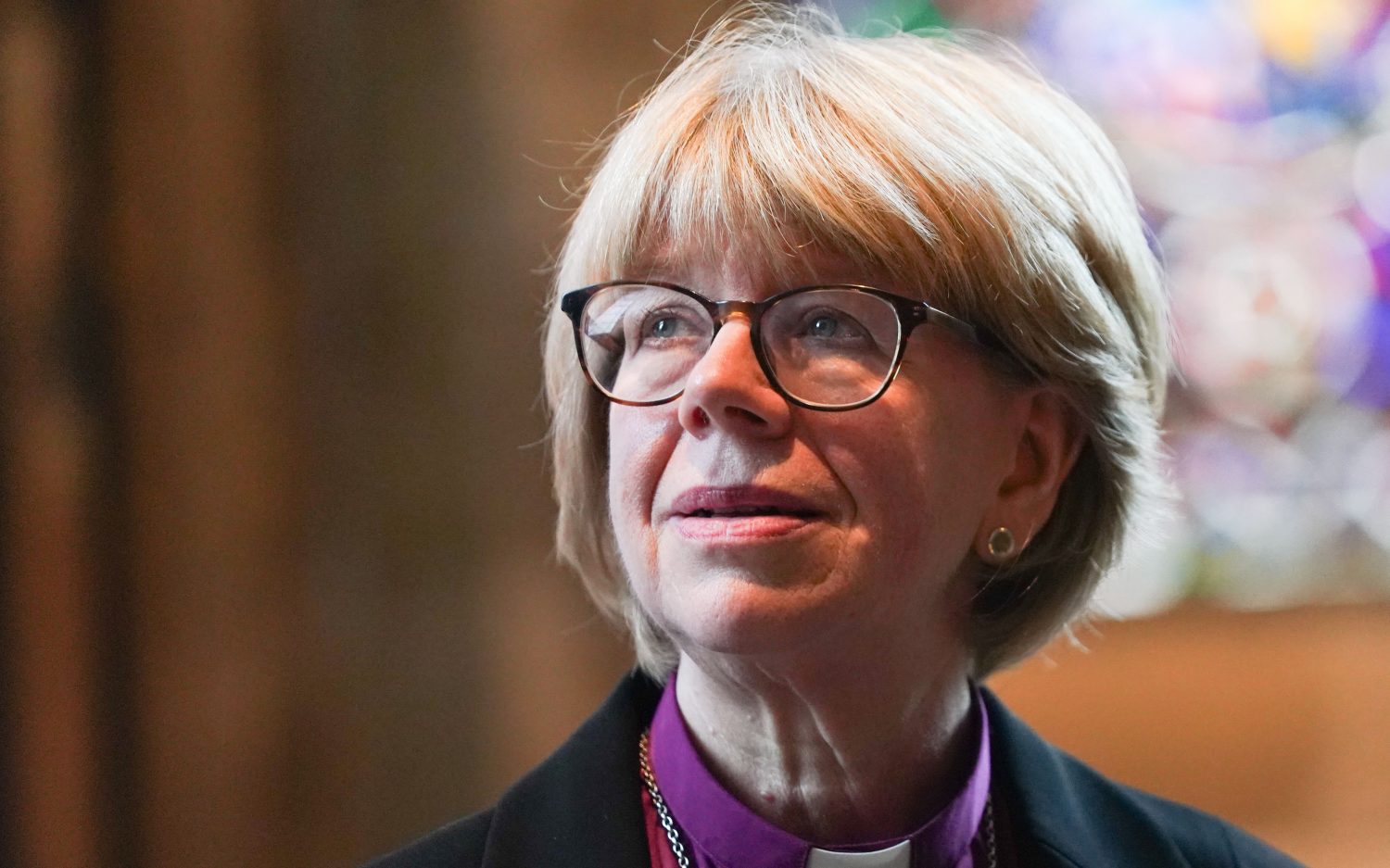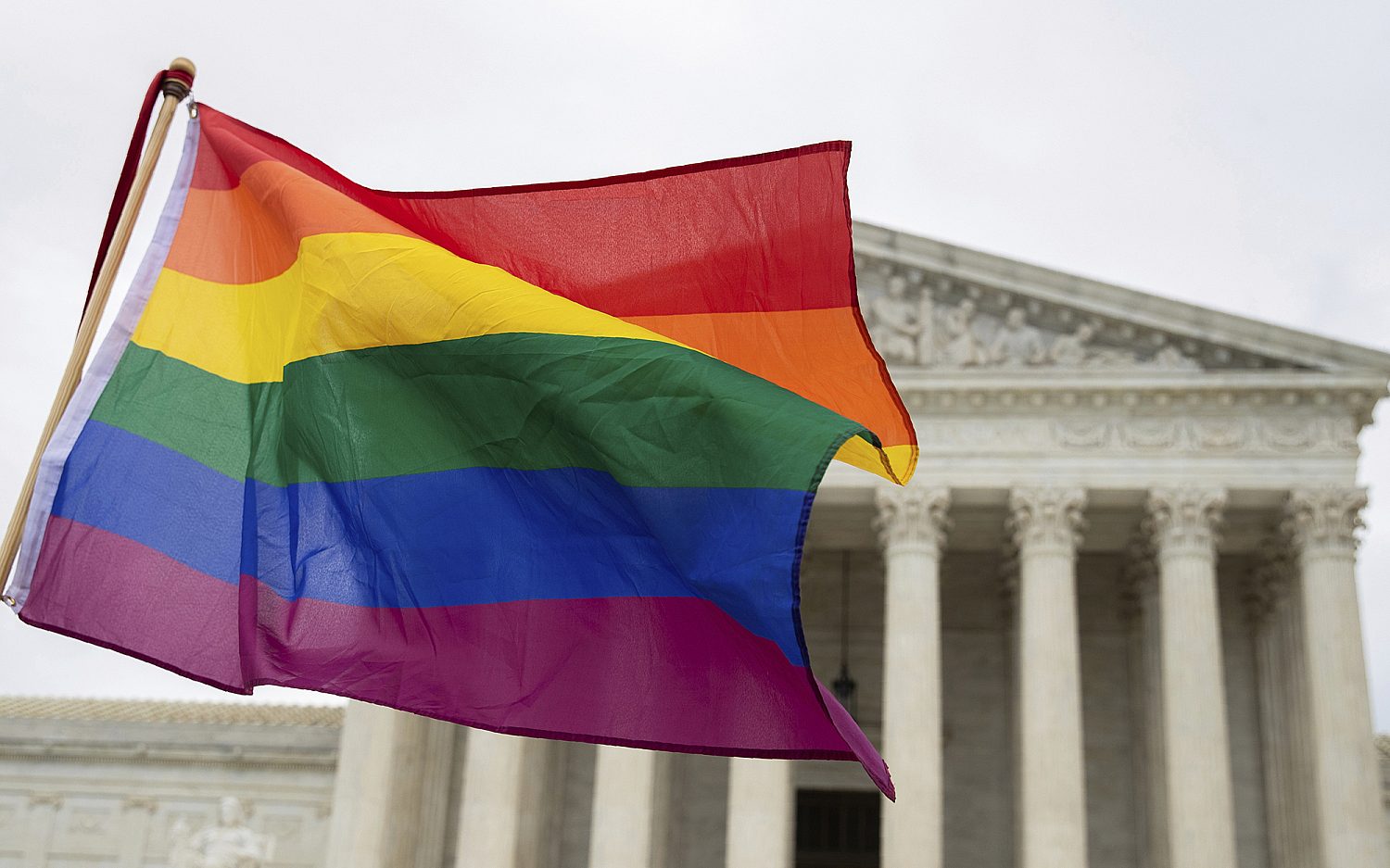Memories of Medgar Evers and Mississippi
Reflections on the civil rights movement
When I was growing up in the 1950s, there were no black-skinned people in our little Texas town. When my family made trips to Amarillo, we saw them on the streets and in the stores, but we never met them.
In 1961, during my junior year in high school, I began hearing about racial unrest in the Southern states. My brother was a student at the University of Texas at Austin and had gotten involved with a group of students and faculty who rallied around Ronnie Dugger’s liberal biweekly newspaper, The Texas Observer. Three of UT’s best-known professors—John Silber, Roger Shattuck, and William Arrowsmith—contributed articles to the paper, as did a young Rhodes scholar from Mississippi, Willie Morris.
On a visit to Austin, I joined my brother and his friends in a picket line in front of the Varsity Theater on Guadalupe Street, across from the UT campus. It was an exciting adventure, but more than that, it seemed right. In the fall of 1962, after graduating from high school, I enrolled at the University of Denver, which had a cosmopolitan mix of students, and there I met black people for the first time.
During spring break in 1963, the University YMCA sponsored a project to send three carloads of students to study conditions in the state of Mississippi, which had gotten considerable media attention for its harsh segregation laws. We were proud to call ourselves an integrated group: nine white students, one white faculty adviser, two black coeds, and one graduate student from Africa.
We understood, in a vague undergraduate manner, that there was a certain element of danger in this project, but it was more dangerous than we knew. The people who ran Mississippi were very serious about separating the races and they had the full power of the state to enforce their laws. In 1963, Mississippi was a world unto itself.
My father read Time magazine every week and kept up with the national news, and he urged me not to go, but these were heady times and we were bubbling with the rightness of our cause. I was determined to make the trip and sold my gun collection to pay for it.
In 1963, Mississippi was a world unto itself.
Off we went to the vine-covered darkness that was Mississippi during the governorship of Ross Barnett. We spent our first night at Wiley College, a small black school in Marshall, Texas, then pushed on to Mississippi, where we stayed at Millsaps College in Jackson. Our main contact in Mississippi was John Salter, a white instructor at all-black Tougaloo College.
I remember Salter as young, vigorous, and full of bright energy. He had worked as a labor organizer in Chicago before moving to Mississippi to get involved in the civil rights movement, and was serving on the executive board of the Jackson NAACP. He knew that agents of the White Citizens Council were watching him.
Millsaps College was not an integrated school, but had become a place where pioneers of the civil rights movement, black and white, could meet. While we were there, we met several black students who had come over from Tougaloo College. They considered Millsaps a safe location.
One night I stayed up late, talking to one of the Tougaloo students who had grown up in the Delta town of Greenwood, Miss. He told me about the murder of Emmitt Till, a chilling memory from his childhood that occurred in the little town of Money, 8 miles north of Greenwood. At the time I heard the story, it was not well known outside of Mississippi.
Salter arranged for us to meet a journalist named Hodding Carter, whose Greenville, Miss., newspaper, the Delta Democrat-Times, had taken a strong stand against racial intolerance. He had written a blistering editorial about the Emmitt Till case, and an article for Look magazine about the White Citizens’ Council in Mississippi.
Outside the Deep South, Carter was praised as “the spokesman for the New South,” but his article in Look drew a loud rebuke from the Mississippi legislature.
Our biracial group spent a morning walking around downtown Jackson, and we drew long stares. We took pleasure in “integrating” the state Capitol building, which still had separate bathrooms and drinking fountains for whites and “coloreds.” We even paid a visit to the headquarters of the White Citizens Council near the Capitol building. The people there had been tipped off that we were coming, and their response was chilly.
Salter had arranged for us to spend an afternoon with one of his colleagues, the field secretary of the NAACP in Jackson, Medgar Evers. Evers had grown up in rural Mississippi, served as an Army sergeant in World War II, played football at Alcorn College, earned a degree in business, and sold insurance before getting involved in the civil rights movement. He had organized boycotts of white-owned businesses, and had called for a new investigation into the Emmitt Till case. He had become the state’s most prominent civil rights leader.
It was impossible not to admire Evers. He came across as warm, intelligent, modest, determined, and courageous. He had steel in his eyes, and in his line of work, he needed it. He lived in a dangerous world, and he and his family had received threats on their lives.
Almost as an afterthought, he showed us fresh bullet holes in the front window of NAACP headquarters, the result of a drive-by shooting several nights before. Two months after we met him, his house was firebombed.
It was impossible not to admire Evers.
The following day, we had a 30-minute audience with Gov. Barnett. Up close, he could hardly have seemed more benign: a successful lawyer who had made a considerable amount of money arguing damage suits; a popular politician who spoke with pride about his efforts to bring new industry to the state; a grandfather wearing spectacles and a nice suit, who probably dyed his hair to cover the gray; a modest gentleman who spoke in the slow, word-stretching accent of the rural South.
He was also the most powerful political figure in a state whose laws demanded that Evers, a college graduate and a veteran of the U.S. Army, ride in the back of a bus.
Meeting Barnett and Evers in the same week, in the same city, in the same dimension of time, did nothing to enhance our understanding of the state. Decades later, the puzzle that was Mississippi became the subject of the movie The Help, which dealt with events that occurred around the time I was there. Evers and Barnett were not characters in the story, but both were mentioned and the film showed news footage of Evers making a speech.
Barnett gave no indication that he objected to our presence in his domain, but as we were leaving the Capitol grounds and walking down the street, a police car pulled up and two men came over and began asking questions. One wore a police uniform and the second did not. He might have been a plainclothes detective or a representative from the White Citizens Council.
They showed none of the governor’s bland congeniality. They wanted to know what we were doing in Mississippi, and listened with hard eyes while our student leader explained.
I realized that the little Kodak camera around my neck was pointing toward the officers. Without taking my eyes off the policemen, I eased my hand into position and groped around with my finger until I felt the shutter button. I snapped a picture of the scene, timing a cough to hide the sound.
The officers didn’t hear the click of the camera, but several of my comrades did, and they were mortified. The officers let us go with a warning: “You’re in Mississippi now. Don’t push your luck.” When the police car pulled away, my colleagues heaved a sigh of relief, and then let me know that taking a photograph of two police officers in downtown Jackson, Miss., in March 1963, had been an uncommonly stupid thing to do.
They were right, of course. Ross Barnett’s Mississippi was the wrong place to be practicing amateur heroics, as events of the following summer made clear.
The officers let us go with a warning: “You’re in Mississippi now. Don’t push your luck.”
Three months later, I took a job as a summer intern with the East Harlem Protestant Parish in New York City. I was one of 15 college students, most of us white and from the South, who spent the summer working in all-black churches in the part of Manhattan known as East Harlem, located between Midtown and Central Harlem.
I worked in a Methodist church and assisted the white pastor, John Collins, with the church’s youth program and vacation church school. During the week, Rev. Collins wore jeans, work boots, a black shirt, and a clerical collar, and was like no preacher I had ever encountered. Loud, gruff, and divorced, he smoked cigars inside the church and didn’t try to conceal his appetite for a bottle of suds after a day’s work.
He wouldn’t have lasted 10 minutes in the Baptist church I grew up in, but he seemed a good match for his congregation. His parishioners were fond of him.
On the long subway ride from Brooklyn to my stop in East Harlem, I read The New York Times and kept up with events in Mississippi. On June 13, I was shocked to read that Medgar Evers had been murdered in his front yard.
He had just returned home from a meeting at the NAACP and started toward the house, carrying a bundle of T-shirts bearing the message, “Jim Crow Must Go,” when he was struck in the back by a bullet fired from an Enfield .303 rifle. He died in a hospital an hour later. He left a wife and three children, and was buried at Arlington National Cemetery with full military honors, in front of a crowd of 3,000 people.
The following summer, 1964, three civil rights workers were murdered in Neshoba County, Miss., and John Salter was beaten, arrested, and seriously injured in a car “accident” of suspicious nature. These events occurred during the administration of the bland, grandfatherly Ross Barnett.
The murder of Medgar Evers caused a national uproar, but police had no suspects until the following year, when a man named Byron De La Beckwith, a fertilizer salesman and member of the White Citizens’ Council, was charged with the crime. Barnett appeared at Beckwith’s trial and shook his hand, in full view of the all-white jury.
The jury failed to reach a verdict, and Beckwith received a second trial that ended the same way, but 30 years later, in 1994, new evidence allowed prosecutors to reopen the case. America had changed, and this time the jury found him guilty of murder. He died in prison in 2001.
That summer of 1963 I became aware for the first time of two voices in the civil rights movement. Up in Central Harlem, half a mile north of the church where I worked, a man named Malcolm X was delivering angry speeches to crowds on 125th Street. Down in Atlanta, a Baptist preacher had begun organizing a civil rights march on Washington, D.C.
In August, after my job in East Harlem had ended, Rev. Collins took several busloads of parishioners to the March on Washington. I was driving back to Texas, and somewhere between Joplin, Mo., and Tulsa, Okla., I heard Martin Luther King’s famous “I Have a Dream” speech on the radio.
Dr. King was an inspiration to me and to millions of my generation. So was Medgar Evers.
An actual newsletter worth subscribing to instead of just a collection of links. —Adam
Sign up to receive The Sift email newsletter each weekday morning for the latest headlines from WORLD’s breaking news team.





Please wait while we load the latest comments...
Comments
Please register, subscribe, or log in to comment on this article.